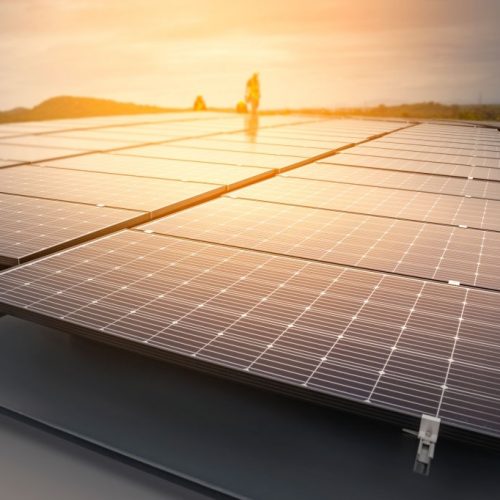

Intending to have a more sustainable world, a lot of companies cling towards renewable energy. Whether it is wind, geothermal, or hydroelectricity, the world needs efficient energy production that remains environmental-friendly. However, among all the renewable energy resources, they certainly stand out: Solar Energy.
The reason for solar energy becoming more relevant than the other states that power is easier to capture. After all, they only need to install solar panels and let them catch sun rays. However, according to experts, efficiency remains one of the crucial problems that solar panels face. But currently, they seem to start utilizing graphene to solve that challenge.

As mentioned above, specialists said that standard solar cells do not work that efficiently. Specifically, traditional solar cells tend to reflect more rays that convert less of those to energy. However, with continuous innovation, they started using graphene to create concentrated solar cells. It proved to be worth it as they were able to produce results with that move.
Their study stated that graphene-utilized solar cells reflect solar rays 20% less than standards ones. To put it in simple terms, the efficiency of the solar cells increased by 20%. With this result, researchers got the idea that graphene can be relevant to the industry. That event led them to conduct more studies.
The standard solar cells and the ones that use graphene do not differ that much. Both serve the same purpose and process the same. Their composition remains the most significant difference, as the one uses graphene as a composite. Similarly, as with any gadget or material, it contains boundaries that can be enhanced to increment operational proficiency.
Graphene dominates in order capacity and versatility. For graphene-utilized sun-powered cells, the two boundaries that can alter the gadget's idea are the number of graphene layers in the gadget and the impacts of applying a graphene-based material.


Adding graphene layers onto the cells significantly affects two aspects of the device: transparency and resistance. By increasing the amount of film being stacked, it decreased the clarity of the device by around 2.5%. The same event also leads to the resistance potentially doubling in ohms.
Solar panels are great alternatives to energy consumption if you want to live off-the-grid instead of paying your electric bill every month and using various applications. It gathers UV Light to convert it to electricity that can be used to generate electrical loads.
Graphene is a form of carbon that has been unknowingly produced in small quantities for A graphene is used in pencils and other similar graphite applications. It could lead to various applications from bulletproof armour, space elevators, improved medicine, to a faster connection with the internet. Consumers have heard about this material, and it could change everything, but the question is, will it also generate electricity on solar panels?
A graphene-based solar panel can generate electricity depending on any weather conditions It’s given sunny days, but it can also be a cloudy or rainy day. But it generates less electricity on rainy days, and how will it generate electricity while it is raining? They used dye-sensitized solar cells, which are a low-cost alternative to the current ones. To enable the researchers’ solar cell, a thin layer of graphene is added to the cell’s top. Raindrops were not made of pure water. It contains dissolved mineral salts. It is composed of ions. Once it is dissolved, the salt’s positive and negative charge particles are made to dissociate chemically. When that happens, the molecules will separate the positively charged ions in the salt from the negatively charged ions.

The positively charged ions, including calcium, sodium, and ammonium, will contact the graphene surface on the solar cell to generate electricity. The negative charge ions from the salt permeate the layer of graphene enriched with electrons. The only difference is that the positively charged water on the surface and the graphene layer’s negative charge produces a potential need for electrical current to flow. This will serve as a pseudocapacitor, which they’re electrical components that store electrical energy
The researchers concluded they could generate hundreds of microvolts from the water, and the results were impressive for a prototype. Still, it is a challenge for them to solve low concentrations of ions in raindrops to generate electricity. They are also working on adjusting the device so it can handle different varieties of rainwater.
They hope their findings can guide the design of future solar cells. Graphene's unique electrical properties were shown to have great results. It is lightweight, flexible, and cheap to manufacture. Although graphene-based solar panels are not available yet in the market today, other countries are working on the clock to study graphene. They have been conducting numerous research if graphene works on solar panels. When their studies become official and approved, this can be a game-changer in the field of renewable energy.

Fill the form below: